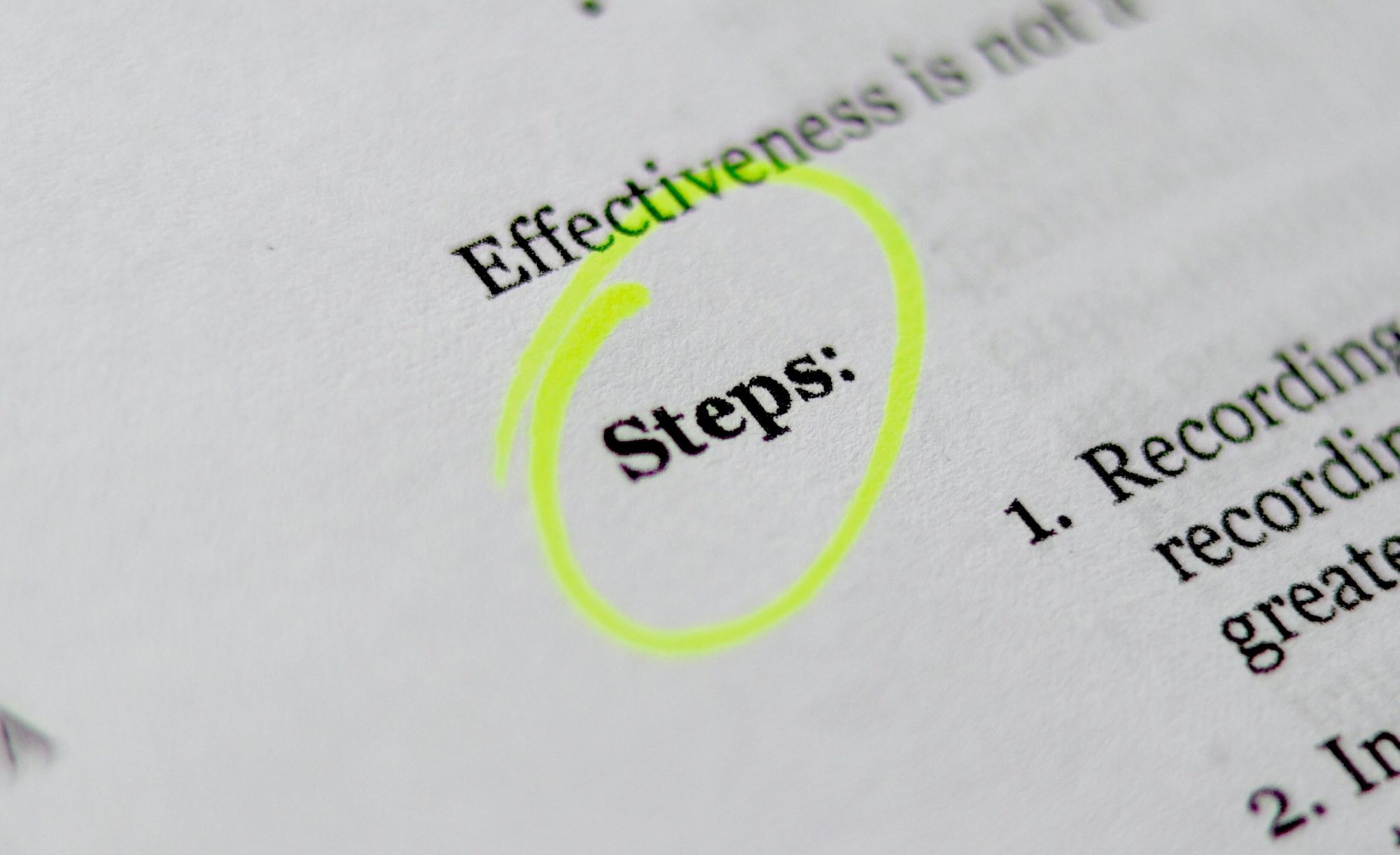This article comes from Chiara Gianola’s talk, ‘Thriving alone in sales enablement: 3 key learnings to become a strategic business partner’, at our 2023 Amsterdam Sales Enablement Summit, check out her full talk here.
Embarking on a career in sales enablement? Allow me to guide you through the fascinating yet complex world of this strategic business role.
Here I’d like to share some of the pivotal lessons I learned along the way, from:
- How to navigate the intricacies of sales dynamics within an organization
- The proactive approach that helped me define my role
- And the importance of building a wide network of relationships across departments
In a nutshell, my journey has three key takeaways for you: sales enablement requires a strategic approach, the power of relationships can amplify your impact, and continuous personal development is critical to your success.
So, get ready to embark on a journey towards becoming a strategic business partner in sales enablement. It's not just about thriving alone; it's about being a part of a larger team and making a real impact. Let's begin!
- From task-driven to vision-driven
- Where does enablement sit in your organization?
- Investing in yourself
From task-driven to vision-driven
When I first stepped into the world of sales enablement in a company I knew little about, I had to grapple with a critical question: how do you evolve from a task-driven position to a vision-driven one?
As I navigated my way, I anchored my journey around three essential cornerstones: understanding the big picture, taking proactive initiatives, and building cross-departmental relationships.
Understanding the big picture
To get a grip on the big picture, I dived into understanding the sales dynamics within the organization. From understanding the account executives' roles to discerning whether the company was sales or product-driven, every bit of information became a jigsaw piece fitting into a larger vision 🧩.
Discovering my niche, my unique spot within this complex structure, empowered me to play a strategic role within the company.

Be proactive and take initiative
Next, being proactive and taking initiatives became my second driving force, particularly as I was faced (as I’m sure many of you also have) with instances when people didn't quite grasp what my role entailed. For instance, a CEO once mistook my role as being in events management simply because I had recently organized an SKO.
However, by connecting my initiatives to the core responsibilities of my role, I found it easier to advocate for my position, which I’ve found is especially critical in recent years where the need to prove yourself is ever-present.
Building relationships
Building relationships came third but was no less important. I extended my sphere of influence by interacting with various departments – not just sales, but also legal, finance, procurement, among others.
Aligning my goals with theirs and speaking their language, I established a resonance that made it easier to explain my role and objectives.
By understanding these three cornerstones I was able to build a strategic plan with sales enablement at its center. I split the plan based on the goals and interests of three main stakeholders: sales leaders, sales supporters (like product marketing, marketing, and revenue operations), and sales reps.
- Sales leaders, for instance, resonated with go-to-market strategies, revenue growth, and sales operations.
- Sales supporters were focused on optimizing processes and ensuring consistent messaging.
- Lastly, sales reps cared about hitting targets, possessing in-depth product knowledge, and progressing in their careers.
The importance of an enablement charter
This plan then took the shape of an enablement charter that I revisit each January. I like to call it my North Star because it aligns my role and plan with business expectations, keeps me on track, and helps me say 'no' when necessary.
So what anchors this charter? A vision. A strategic vision that is linked to the company's KPIs, creates a business impact, and harnesses cross-functional support.
Through constant feedback and iterations, the charter aligns more closely with the company's objectives, becoming a powerful tool to advocate for my role.
From being task-driven to becoming vision-driven, the journey was an exercise in strategy, relationships, and self-advocacy. It's about ensuring your work doesn't just make sense to you but also resonates with others.
In the end, it’s this vision-driven approach that truly defines what sales enablement can achieve.

Where does enablement sit in your organization?
Even as a solo sales enabler, you're never alone
One of the key learnings in my sales enablement journey has been understanding where enablement sits within an organization.
You may be a solo enablement practitioner, but remember this: you're never alone.
When I was solo in enablement, I saw the entire company as my team. I focused on building synergies, especially with critical groups like marketing, who helped with content creation, collaborations, training, and more.
It felt like we were all in it together. I conducted meetings, created agendas, and had one-on-ones as if we were indeed a cohesive team.
This approach not only solved many challenges but also guided my mantra: It's not about doing the big thing; it's about doing the right thing.
Leverage your subject matter experts
The second crucial aspect involved leveraging subject matter experts. In enablement, there's often a tendency to want control, to do everything ourselves.
But I've found that if you empower SMEs — train them to be better at public speaking, for instance — you can extend the reach of your work without diluting its effectiveness.
These experts have the background, passion, and knowledge in their respective domains. Instead of trying to do their job, let them flourish, and focus on enabling them .
Empowering managers
Lastly, I discovered the power of empowering managers. Managers are your eyes and ears within the company, providing valuable feedback from the ground up.
They also play a critical role in assessing whether your programs are yielding the desired outcomes, especially in the long term. They offer that crucial reality check that you might miss out on because you're not out there on the field.
In summary, while the enablement function might sit alone in an organizational chart, its true position is intertwined with the rest of the organization. By fostering synergies, leveraging SMEs, and empowering managers, enablement becomes the connective tissue that links the various functions within a company, driving it towards common goals.

Investing in yourself
The last essential learning I want to share with you is about investing in yourself. Many people transition into enablement from a sales background, often because they're tired of the emotional roller coaster that comes with the quarterly sales routine.
There's a perception that enablement is more relaxed and less stressful. But let me assure you: it's not as chill as you might think.
When you step into enablement, there's a whole lot you need to learn. This knowledge isn't necessarily taught in books however; it's gained through experience.
To navigate this, I have a motto I live by: ABL, or 'Always Be Learning'. I devote substantial time to learning about the latest trends and insights, absorbing experiences from others, and consistently updating my skills.

For instance, I joined WiSE - Women in Sales Enablement - and even started a chapter in Barcelona. The primary objective was to bring people together to exchange ideas and share best practices.
An essential part of this process involves slowing down to hurry up, a concept we often emphasize in my organization. We often forget to take the time to truly learn from our products and our experiences.
Engaging with others online has proven to be one of the most beneficial ways to accelerate my learning. Even though the sales world is quite different, I've found that people are open and generous with their advice, tips, and views. It's an investment of time that has given back more than I could have expected.
Interestingly, using examples from other companies during my conversations in my organization has yielded more receptiveness. It's akin to the sales techniques where we use client success stories. I adapt the same strategy and use company names to bring in new ideas and innovations.
So, what are the key takeaways from my journey into enablement?
- First, enablement is a strategic function that requires a strategic approach. Have a plan, make it inclusive, and ensure everyone has a stake in it. This is particularly important for those new to the role and unsure of what to do or say.
- Second, build synergies with other teams to amplify your impact. The concept of synergy implies that the whole is greater than the sum of its parts – that 2 plus 2 can equal 8, 10, or even 12. By fostering these relationships, you can achieve exponential impact.
- Finally, invest in your professional development. Participate in events, engage in online information exchanges, and constantly strive to elevate your game. Remember, your personal growth directly impacts the success of your enablement efforts.
Final thoughts
Sales enablement is a strategic function, but this requires a strategic approach.
By understanding your organization, being proactive, and continuously learning, you can navigate the complexities of sales enablement and become a vital business partner.
Remember, you're never alone in this journey – your entire company can be part of your team, and the wider sales enablement community is always here to support and learn from each other.
Lastly, always stay curious, be proactive, and take initiatives. It's through these attributes that we can truly thrive in sales enablement. I hope my experience and insights will help you on your journey towards becoming a strategic business partner in sales enablement.

Join the SEC Slack community and network with 7,000+ of your sales enablement peers. Network, idea-share, and ask questions today.


Sales enablement insider
Thank you for subscribing
Level up your sales enablement career & network with sales enablement experts
An email has been successfully sent to confirm your subscription.
 Follow us on LinkedIn
Follow us on LinkedIn


.png)



